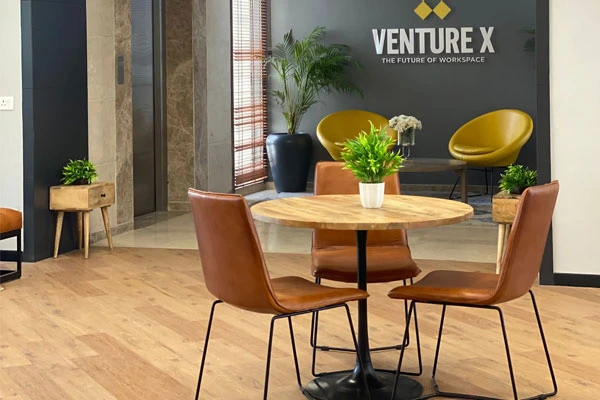Achieving peak productivity is a top priority for professionals across every industry. One often overlooked factor that has a significant impact on work efficiency is ergonomics—the science of designing workspaces to fit the needs and capabilities of the human body. Creating comfortable and ergonomic workspaces isn’t just about aesthetics; it’s about empowering individuals to perform at their best while prioritizing their health and well-being. Let’s try to understand the crucial relationship between ergonomics and work efficiency and how a well-designed workspace can be a game-changer.
Understanding Ergonomics
Ergonomics focus on optimizing the interaction between individuals and their environment to enhance overall well-being and performance of the individual. This encompasses everything from furniture design to lighting fixtures, equipment placement, and even workflow. By tailoring the workspace to the needs of its occupants, an office can create an environment that promotes comfort, reduces physical strain, and ultimately boosts productivity.
Ergonomics & Work Efficiency
- Physical Comfort: An ergonomically designed workspace reduces physical discomfort caused by factors like poor posture, inadequate seating, and improper screen placement. This physical comfort translates directly into improved concentration, reduced fatigue, and increased work efficiency.
- Reduced Strain: Repetitive strain injuries are often caused by poor ergonomics. This can lead to decreased work output and prolonged periods of downtime. An ergonomically designed workspace minimizes the risk of such injuries, allowing employees to work without the hindrance of discomfort.
- Optimized Workflow: Ergonomics isn’t limited to furniture and equipment. It also extends to the layout and how things are organized. An organized space promotes smooth workflow and eliminates unnecessary movements, reduces clutter streamlining the processes, all of which contribute to improved efficiency.
Elements of An Ergonomic Workspace
- Furniture: Adjustable chairs that support proper posture, having desks at the right height keyboard trays that minimize wrist strain are all examples of ergonomic furniture that create a comfortable and efficient workspace.
- Proper Lighting: Adequate lighting minimizes eye strain and prevents headaches. Natural light and adjustable lighting options are crucial for maintaining alertness and concentration.
- Screen Placement: Monitors positioned at eye level and at an appropriate distance help prevent neck and eye strain. Dual monitors should be aligned to avoid constant head movement.
- Access to Tools: Frequent movements to access tools or materials can disrupt workflow. Ensuring that essential items are within easy reach can reduce unnecessary interruptions.
- Break Spaces: Ergonomics also includes recognizing the importance of breaks. Comfortable seating and areas that encourage relaxation and rejuvenation contribute to overall work efficiency.
Incorporating Ergonomics in Coworking Spaces
At Venture X India, we understand the pivotal role of ergonomics in determining work efficiency. Our design-forward spaces are curated with ergonomic thinking in mind, offering members comfortable seating, adjustable workstations, and well-lit environments. These spaces recognize that an investment in ergonomics is an investment in the success and well-being of their members. A comfortable workspace not only enhances productivity but also contributes to employee satisfaction and overall well-being.




